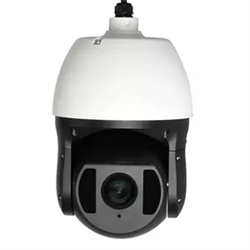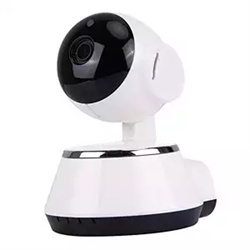How far and wide the surveillance camera can see is determined by the camera head. The effective range of all camera shots varies according to the size of the lens.
The following is the size of the fixed camera lens and the size of the illuminated area: the correspondence between the lens, 1/3″ CCD, 1/4″ CCD, lens fixed focus distance, etc. Lens 1/3″ CCD 1/4″ CCD Lens fixed focus distance 2.1 mm 110° 94.3° 3 meters 2.8 mm 89.9° 75.6° 5 meters 3.6 mm 75.7 ° 62.2° 6 meters 4 mm 69.9 ° 57.0° 8 meters 6 mm 50.0 ° 39.8° 11 meters 8 mm 38.5 ° 30.4° 18 meters 12 mm 26.2 ° 20.5 ° 30 meters 16 mm 19.8 ° 15.4 ° 50 meters 25 mm 10.6 ° 08.3 ° 80 meters 360 dome camera because the lens is variable, so its range size is also variable!
The lens used for ordinary surveillance will have 3.6mm/4mm/6mm/8mm/12mm/16mm. The wide-angle of the 3.6mm lens is 70 degrees. As the size becomes larger, the farther you will see, but the width will be lowered, that is, it will look narrower.
Generally, 3.6mm is used within 5 meters, 6mm within 20 meters, 8mm within 30 meters, 12mm or 16mm is used for further distances, and 25mm lens focal length, the field of view size, and lens are used for about 100 meters. The distance of the picked-up object is calculated as follows: f=wL/W f=hL/h f: lens focal length w: image width (the image width of the object on the CCD target surface) W: object width L: be The distance from the object to the lens h: image height (the imaging height of the object on the CCD target surface) the height of the field of view (the shooting scene) H: the height of the object CCD target surface specification size: unit mm specification W H 1/ 3″ 4.8 3.6 1/2″ 6.4 4.8 2/3″ 8.8 16.6″ 19.6 9.6








